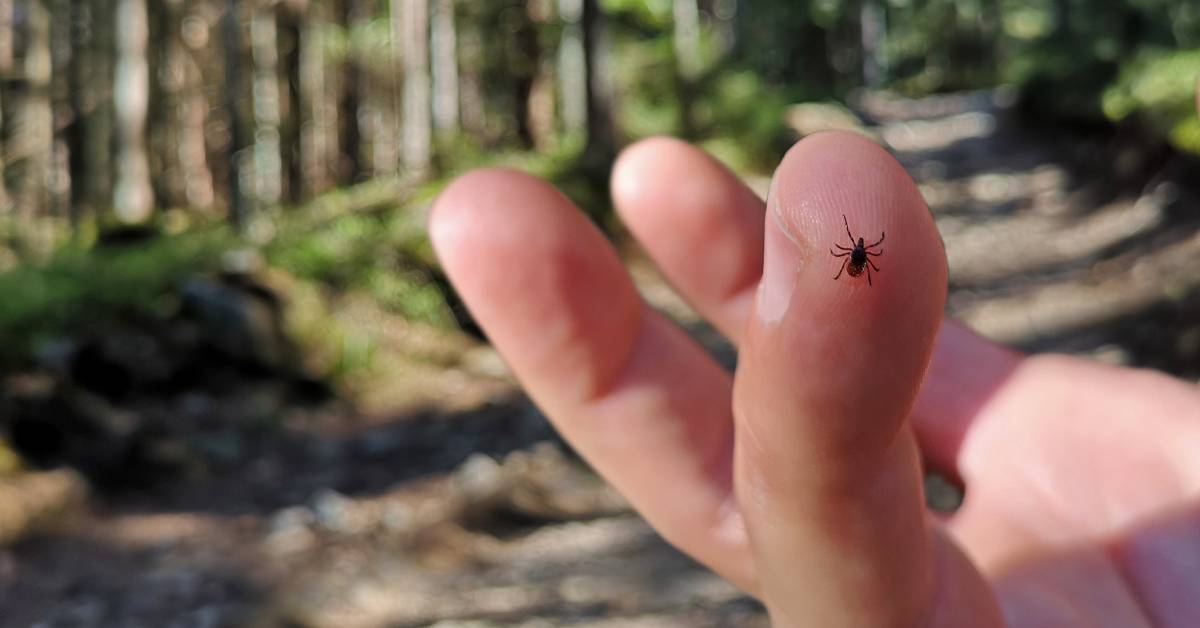Your Top Source for Glens Falls News, Local Business Updates, and More
Do you want to stay up to date on the latest news in Glens Falls, NY and the surrounding region? Well look no further! Below, we’ve rounded up some of the top Glens Falls news stories, including exciting business updates, major event announcements, community highlights, and more.
New Glens Falls Scuba Shop Makes a Splash

Divers Below, a new scuba diving retail shop, is being planned for Glens Falls, reports The Post Star. Shoppers can expect a wide range of diving equipment from masks to fins to wetsuits, from brands exclusive to the store, like ScubaPro.
The shop will also provide essential scuba maintenance services, including air tank inspections, regulator rebuilds, and dry suit repairs, as well as scuba and instructor courses.
This new venture fills a niche in the area - even though we're so close to Lake George and many other waterbodies that offer opportunities for diving in the Adirondacks, the closest dive retail shops are in Ballston Spa, Plattsburgh, and in Vermont and Massachusetts.
The store will be located at 240 Warren Street, at the space previously used for a tee-shirt and cell phone repair shop. An opening date has not yet been announced, but the site plan has been approved.
Sources:
- The Post Star: Scuba shop Divers Below to open in Glens Falls
New Tick Tracking App Launched in Warren County
Warren County Public Health has launched a new tick tracking app to help keep track of tick activity throughout the County. This interactive tool allows users to see real-time data on tick sightings.

The app allows you to enter the following info:
- The date, time, and location of the tick sighting
- If the tick was found on a human or pet
- Date of outdoor activity, if different from the sighting
- If you had spent time outdoors outside of Warren County 24 to 48 hours prior to finding the tick
- What kind of tick, if you know
As of late April, the blacklegged "deer" tick has been the most commonly found in the County by far.
Ticks are small arachnids that can transmit diseases such as Lyme disease, anaplasmosis, and babesiosis. They're usually found in the woods or grassy areas during the warmer months.
To reduce the risk of tick bites, use insect repellent, wear long sleeves and pants when hiking, and perform tick checks after spending time in tick-prone areas.
If you do find a tick attached to your skin, remove it as soon as you can with fine-tipped tweezers, grasping as close to the skin's surface as possible, and pulling upward with a steady, even pressure.
Indoor Go-Karting & More Entertainment Coming to Aviation Mall

The story of indoor go karts coming to Aviation Mall starting popping up on the internet on March 31 and April 1 - but it's no April's Fools joke! Indoor go karts and simulators are coming to our local mall.
What used to be Sears at Aviation Mall is being converted into ADK Karting Experience, an expansive indoor entertainment center that will feature:
- Indoor Go Kart Tracks - a 1,400-foot track for adults, and 250-foot track for kids
- Racing Simulators - 6 professional grade simulators designed to replicate real racing experiences
- Arcade - an arcade with 50+ games
- Glow in the Dark Mini Golf
- Event Spaces

The project is spearheaded by Jeremy Treadway, a former professional race car driver and owner of ADK MX in Fort Ann.
The facility is expected to open in October of this year - with a Halloween-themed weekend to mark the debut!
Sources:
- B95.5: Long Vacant Queensbury Sears to Become Indoor Race Track
- Glens Falls Chronicle: Indoor go-karting & simulators planned; former Sears, Aviation Mall
- News 10 ABC: ADK Karting coming to Aviation Mall in Queensbury
Find things to do in the Glens Falls area >>